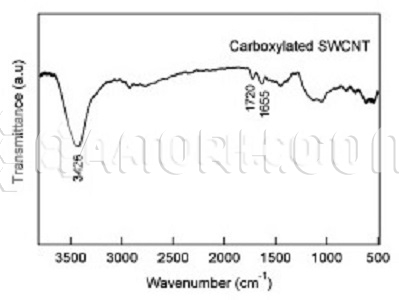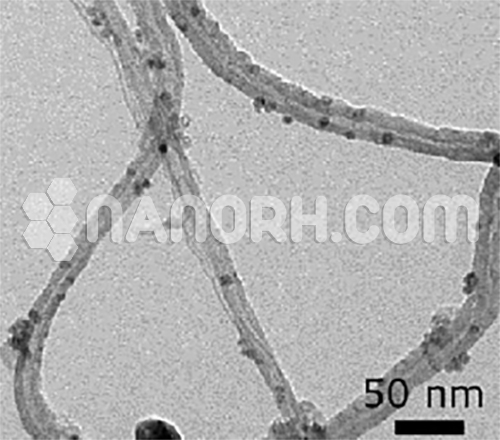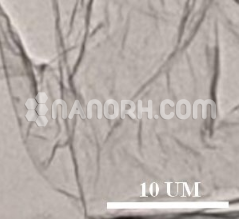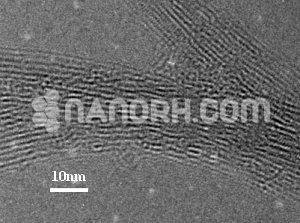| Carboxyl Carbon Nanotube SWCNT | |
| Product No | NRE-32001 |
| CAS No. | 308068-56-6 |
| Length | 5-15µm |
| Outer Diameter | 1-2nm |
| APS | 3-6 nm |
| Purity | 90-95wt% |
| Form | Powder |
| Molecular Weight | NA |
Carboxyl Carbon Nanotube SWCNT
Introduction
Carboxyl Carbon nanotube SWCNT they possess remarkable electrical, thermal, and mechanical properties, making them ideal candidates for a wide range of applications in fields such as materials science, electronics, and biomedicine.
Carboxylation refers to the introduction of carboxyl (-COOH) functional groups onto the surface of SWCNT. This modification enhances their solubility in aqueous solutions and improves their compatibility with various polymers and biomolecules. The carboxyl groups serve as active sites for further chemical reactions, allowing for the attachment of other functional groups or molecules, which expands their applicability.
Applications of Carboxylated SWCNT
Biomedicine and Drug Delivery:
The carboxyl groups facilitate conjugation with drugs, peptides, or nucleic acids, enabling targeted drug delivery systems. Their ability to enter cells and release therapeutic agents in a controlled manner holds promise for cancer therapy and gene delivery.
Sensors:
Carboxylated SWCNTs can enhance the sensitivity and selectivity of sensors, particularly in detecting biomolecules or environmental pollutants. The functional groups can interact with specific analytes, making them effective for biosensors.
Composite Materials:
The incorporation of carboxylated SWCNT into polymers can improve mechanical strength, electrical conductivity, and thermal stability. This is useful in creating lightweight and durable materials for aerospace, automotive, and construction industries.
Energy Storage and Conversion:
In batteries and supercapacitors, carboxylated SWCNT can enhance charge storage capacity and cycling stability. They can also play a role in fuel cells by improving the conductivity of electrodes.
Environmental Remediation:
Their high surface area and functionalization capabilities allow for the adsorption of heavy metals and organic pollutants, making them effective in water treatment and environmental cleanup applications.





Reviews
There are no reviews yet.